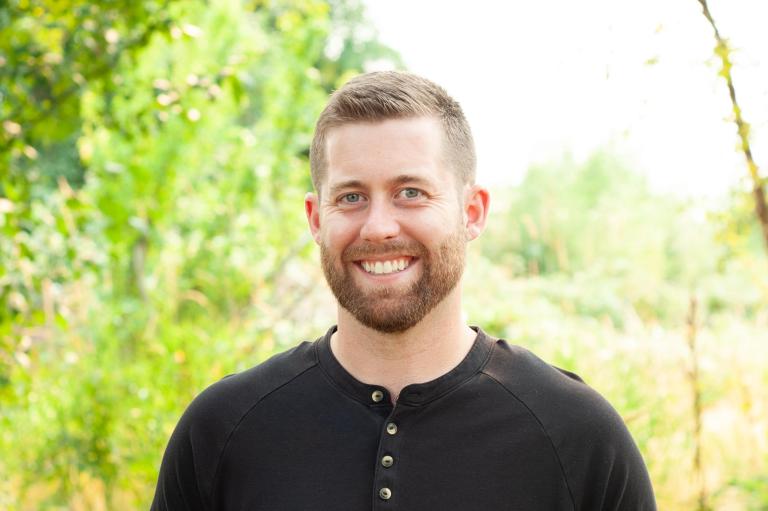
If you hang around churches and church communities for long enough, you’ll almost certainly hear the words growth and attendance. Church leaders are obsessed with metrics that show numerical growth; conservative evangelicals count bodies to justify their evangelism while progressive mainliners count any new visitors and members as proof of hope for their institutional future.
Set aside for a moment the evangelical argument and the obvious fact that attendance numbers have little to nothing to do with discipleship or healthy community building. Ultimately, that’s not the water I swim in or have expertise around. I grew up in and work with the progressive churches – the ones who are slowly (and sometimes quickly) losing attendees, whose membership numbers are dropping each year, and for whom institutional stability is more likely to be a historical artifact than a dream to live into.
If I’ve started this article sounding a bit negative, it’s because of one thing: I don’t believe churches will change.
Which is to say: I believe almost every existing progressive church – the institution that is – will die.
Why Churches Won’t Change: An Analogy
This obviously isn’t a new position and I feel a bit silly writing it. Opinion articles and blog posts abound predicting the coming death of these institutions. All one has to do is look at the numbers to see it coming. (As it turns out, the metrics church leaders are obsessed with are good for something; they do show a “trend toward the end.”)
So instead of wasting time and words on going over the basic arguments around why progressive churches are dying and will continue to die, I want to share a simple analogy based on my experience of church.
It goes like this:
Imagine a young basketball player who wants to be in the WNBA. Her parents have bought her a little hoop and she shoots around on it in the driveway. She’s never very intentional or focused about it; she just likes to do it in her spare time.
But one day, she realizes that if she wants to be in the WNBA, she’s going to need to get serious. She’s going to need new shoes, a regulation-size ball, and most importantly: coaching.
So she goes to her basketball coach and she tells her, “This is it. I’m here to learn. I’m here to be better. I want to play in the WNBA.”
The coach does what a good coach does. She coaches. Day after day, week after week, she coaches this young basketball player and makes adjustments to her shooting form, the way she moves laterally on the floor, how she defends the opposing players. But after a month or two, she notices something weird.
The young basketball player reverts back to how she was before every single day. She doesn’t seem to improve her form, no matter how often she shows up. When the coach asks her what’s going on and why she keeps changing back to the way she did things before, the young basketball player says, “Because I like it more that way.”
In other words, she wanted all the success of being in the WNBA without changing anything about her game. She was willing to show up and say/do the “right things,” but when it came down to it, her comfort was her number one priority.
This is How the Church Is
Alright, analogy aside: I believe this is how the church is. I’ve experienced that this is how the church is.
So many progressive church spaces are made up of people showing up, saying they want transformation, but again and again choosing comfort instead. Societal liberation? Not in the vocabulary. Seriously addressing white supremacy? Not talked about. But cutting a check to a local charity? That might be the best we can do right now.
This is why progressive churches have been dying and will continue to die. Because the church is filled with people who want the beautiful outcome promised in the Gospel without any of the real sacrifice of change. They show up day after day, week after week, going through the motions and then opting to choose the status quo. (There are folks in the churches who aren’t like this, but based on my experience, they are firmly in the minority.)
There are some good coaches out there, but this is too heavy a load to hold. I’ve witnessed more than a handful of great pastors leave the clergy in the past five years because of burnout and exhaustion…and it isn’t only because of the Pandemic! This is an exhaustion rooted in having to do a job with little to no chance of a truly liberatory outcome.
And the newer generations, seeing all of this and separated more than ever from the expectation of religious association, won’t spend their time on this form of mediocrity. We can choose the status quo from our live feeds; there’s no reason to travel for it. Instead, we are thirsty for intentionality, a dedication to real justice, an end to platitudes, and a deep commitment to exploring the inner life.
We want sacred space that shifts us – changes us – emboldens us – expects something of us. We want a community that lifts us to be better in powerful, not performative ways.
If I can find a faith community that does that, I’m all in. And I do think spaces like this are emerging in different ways. But they won’t be in the institutional churches, bloated by their buildings and committees, tithing and apportionment demands.
Instead, they’ll form around dinner tables and in organizing circles, in the midst of the storm of injustice that surrounds us.
Want inner work guidance in your email every week?
Check out The Wednesday 1-2-3, my weekly email offering one contemplative and embodied teaching, two questions for your inner work, and three resources to go deeper.













